General Info – summary
This Tree with smooth green / grey strongly aromatic bark is usually up to 5m high. Imparipinnate, hairy, and resinous Leaves have 2-5 pairs of paired leaflets and the single terminal one is the largest. Regular, dioecious, 4-merous Flowers are single or may develop in paniculate cymes. They appear with the new leaves and are greenish white. Fruit is a drupe with a 4-lobed pseudo aril clasping a single black seed.
Description
Previous Names: Nil
SA Tree No. 278.
Common Names: (Afr) Papierbas-kanniedood, Paperbaskanniedood, Wit Paperbas-kanniedood. (Eng) Paperbark Corkwood, Paper-barked Corkwood, Paper Tree, Paper-bark Tree, Paper-barked Corkwood. (Setswana) Mopapama, Mophamaphama, Mophaphame. (Tshivenda) Mufhafha, Mukarakara Mufhafha, Mukarakara.
Family: Burseraceae: (The torchwood family, which include frankincense from Boswellia sacra, myrrh from Commiphora myrrha both of which have an incense like odour). Neither Boswellia species nor Commiphora myrrha are indigenous in southern Africa. Non-allergenic resin occurs in most plant tissues. Worldwide there are about 16 genera and in excess of 500 species, which occur in tropical South America, Malaysia and Africa. In South Africa Commiphora is the only genus and there are about 20 species that may be regarded as trees. The Bark is smooth, aromatic and pealing or flaking. The Leaves are resinous and usually without stipules. The usually dioecious Flowers have 4 or 5 petals and sepals that are imbricate (having regularly arranged, overlapping edges, as roof tiles). Flowers are actinomorphic (regular, symmetric) and the Stamens are double or equal to the number of petals. The superior Ovary has 3-5 carpels with 2 ovules in each and the single Style ends in a capitate (forms like a head) or lobed Stigma. The pitted Fruit is often an edible drupe.
Name derivation: Commiphora – gum bearer – Greek: kommi – gum and phora – bearer. marlothii named after Hermann Wilhelm Rudolf Marloth (1855-1931) who was a German born, South African Botanist, pharmacist and analytical chemist, best known for books “The Flora of South Africa” which appeared in six superbly illustrated volumes between 1913 and 1932.
Conservation: National Status: L C. (Least Concern). Assessed: Raimondo et al. (2009).
Tree
This compact and much branched Tree ranges from 5 (usually) to 13m high and is usually bigger than most other Commiphora plants. The trees may be multi stemmed. This impressive tree is often a thickset, succulent and has a heavy Bole (is the stem and main wooden axis of a tree, which is an important feature in tree identification. It excludes the root axis.) Both the bowl and branches are very smooth. Young branchlets are densely pilose (furry with soft hairs) to pubescent (with dense fine, short, soft hairs). The strongly aromatic Bark is dark green (photo 955) or grey. It peels off in large, distinctive paper-like sheets (photo 955) leaving areas that are initially a lighter colour (photo 954). These sheets may flap audibly in the wind. This rather brittle paper can be written on with a soft pencil. Resin ducts and aromatic latex are present in the bark. Newly cut stems are fragrant. Young Branchlets are densely hairy, stubby and not spine tipped.
- 955. 2014/09/15. Lowveld NBG. Photo: David Becking.
- 954. 2014/09/15. Lowveld NBG. Photo: David Becking.
Leaves
In this deciduous tree, the densely, softly hairy dark-green Leaves are imparipinnate (pinnately compound leaves, each ending in a single leaflet). The finely velvety (having a smooth, soft appearance or feel) leaves are up to 20cm long and are clustered at branch ends. They have 3-5 pairs of elliptic to obovate and widely spaced Leaflets in addition to the largest terminal one – up to 8 x 4cm. Venation is prominent. The oblong to obovate leaflets are rather soft and hairy – especially below. The Apex is tapering to rounded. The Base of the terminal leaflet tapers and the bases of the rest of the leaflets are asymmetric (not equal to the opposite side) and rounded. The Margin is crenate (shallowly round-toothed or obtusely toothed) and coarsely scalloped or serrated (saw-toothed margin with teeth pointing forward). It may also be finely lobed. The midrib (the main rib of a leaf or leaf-like part, a continuation of, but excludes the petiole) is prominent below. The Petiole (leaf stalk) is densely hairy and up to 10cm long. Petiolules (leaflet stalks) are very short (up to 2mm long) and thick. Stipules (basal appendages of the petiole) are absent.
Flowers
The small yellowish Flowers usually develop in leaf axils (the upper angle between stem and leaf) and are single or in compact inflorescences and appear with the new leaves. They are actinomorphic (Regular, symmetrical. The flowers are vertically divisible into similar halves by more than one plane passing through the axis) and dioecious (unisexual floral structures with male and female parts on separate plants). The tiny pubescent (hairy) Pedicel (stalk of a single flower) is up to 1mm long. Flower buds are velvety. A cylindrical Disc (a more or less fleshy or elevated development of the receptacle) is present. The pubescent Calyx has 4 persistent greenish Sepal lobes that are valvate (meeting by the edge without overlapping). In this bell-shaped flower, the Corolla has 4 Petals that are externally hairy and alternate with the sepals. In the larger Male Flowers, the 8 Stamens are arranged in two whorls with the outer whorls being opposite the petals. The Anthers have longitudinal slits that are introrse (the line of dehiscence faces towards the centre of the flower). In the male flower, the ovary is rudimentary. Staminodes (sterile stamens) are present in the smaller Female Flowers. Here the 2-locular superior Ovary has a short Style, and the Stigma is capitate (shaped like a head). (Sep-Nov).
Fruit
The green, brownish, reddish or yellow and minutely sharp tipped Fruit is a Drupe (a fleshy, 1-seeded indehiscent fruit with the seed enclosed in an endocarp), which is more or less spherical or elliptical, up to 12 x 8mm and matures to a red colour. Here the endocarp (the inner layer of the pericarp or fruit wall is not stony like a peach pip but is membranous – like an apple). It is partially enveloped by a yellowish arillode (false-aril – a structure in certain seeds that resembles an aril but is developed from the micropyle of the ovule as opposed to the stalk). The arillode has 4 arms clasping the fruit which contains the single black seed. Two of these arms reach almost to the apex of the fruit and the remaining 2 are shorter.
Distribution & Ecology
This Tree (together with Commiphora woodii) occurs in arid bushveld, on dry mountain slopes and rocky hills – including on granite (an igneous rock that develops underground when silica rich, molten rock cools). It may be less common in woodlands. It grows naturally in a seasonally dry Biome (a major community of plants and animals with similar environmental conditions). This includes Gauteng, Mpumalanga, Limpopo, Botswana, Mozambique (limited to the central west) Zambia and Zimbabwe e.g., within the granite hills of Matobo National Park and located less than 40km to the south of Bulawayo. This plant is thus Endemic (restricted to a particular geographic location) in southern Africa.
Ethnobotany
The moderately durable Wood has a relatively low density and has a good texture. Newly cut Wood is fragrant, and the heartwood is an attractive light brown colour. The papery Bark can be made into relatively brittle writing paper, that is suitable for a soft pencil. The fresh Fruit is edible or can be made into jam or jelly. The sweet juice within the Root is extractable. This plant lacks invasive roots and does well in a container. N.B. for fruit, both male and female plants are required and selected truncheons (stem cutting from a selected plant – used to produce genetically identical new plants) are the best way to achieve this.
References
Boon, R. 2010. Pooley’s Trees of eastern South Africa. Flora and Fauna Publications Trust, Durban.
Burrows, J.E., Burrows, S.M., Lotter, M.C. & Schmidt, E. 2018. Trees and Shrubs Mozambique. Publishing Print Matters (Pty) Ltd. Noordhoek, Cape Town.
Coates Palgrave, M. 2002. Keith Coates Palgrave Trees of Southern Africa, edn 3. Struik, Cape Town.
Foden, W. & Potter, L. 2005. Commiphora marlothii Engl. National Assessment: Red List of South African Plants version . Accessed on 2024/09/06.
Lawrence, G. H. M, 1951. Taxonomy of Vascular Plants. The Macmillan Company, New York. Tenth Printing 1965.
Palmer, E. & Pitman, N. 1972. Trees of southern Africa. Balkema, Amsterdam, Cape Town.
Schmidt, S. Lotter, M. & McCleland, W. 2002. Trees and Shrubs of Mpumalanga and the Kruger National Park. Jacana, Johannesburg.
van Wyk, B. & van Wyk, P. 1997 Field guide to Trees of Southern Africa. Struik, Cape Town.
https://plants.jstor.org/compilation/commiphora.marlothii
http://www.zimbabweflora.co.zw/speciesdata/species.php?species_id=133330
http://eol.org/data_objects/21957364
http://posa.sanbi.org/flora/browse.php?src=SP
https://af.wikipedia.org/wiki/Hermann_Wilhelm_Rudolf_Marloth
https://plants.jstor.org/

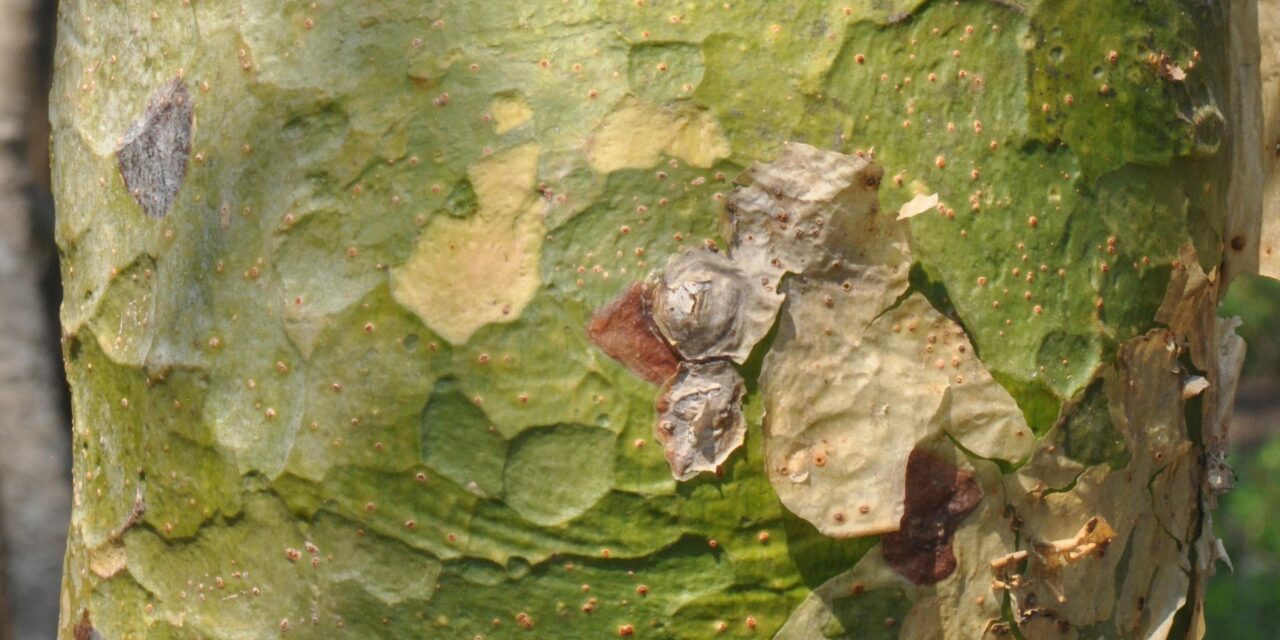
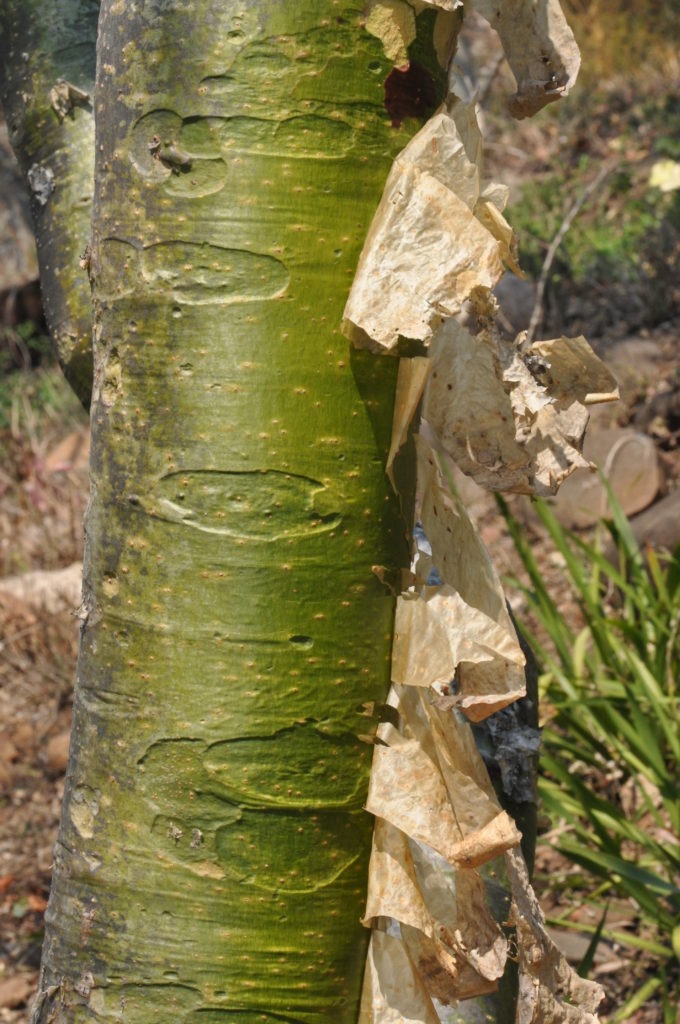
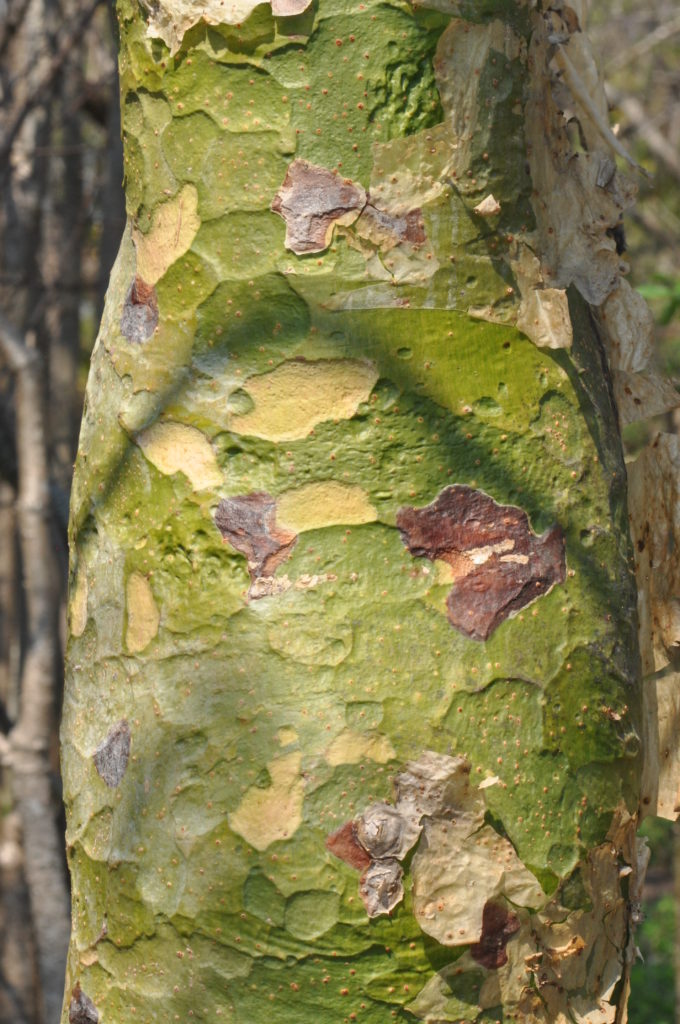
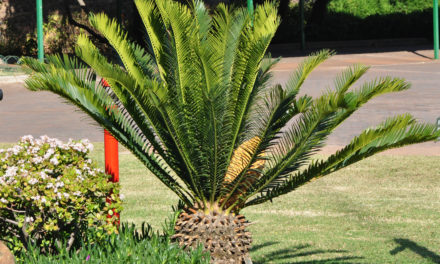
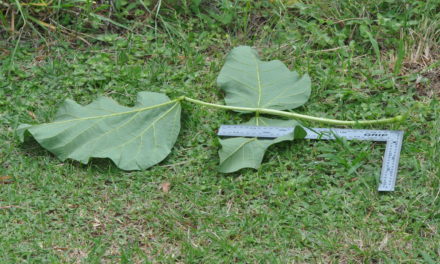
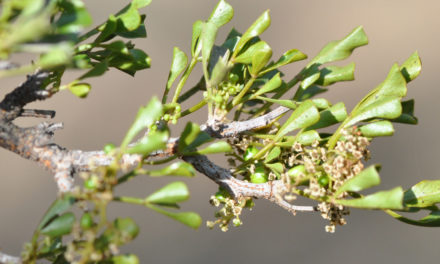
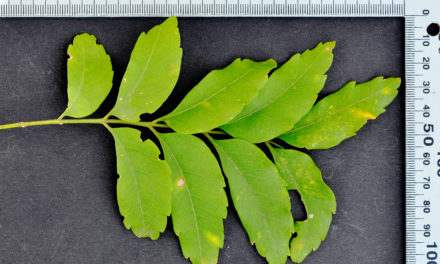
I need frankincense leaves
Greetings Oscar
I would suggest trying a nursery or a Botanical Garden like Kirstenbosch.
Good luck and take care!
David Becking.